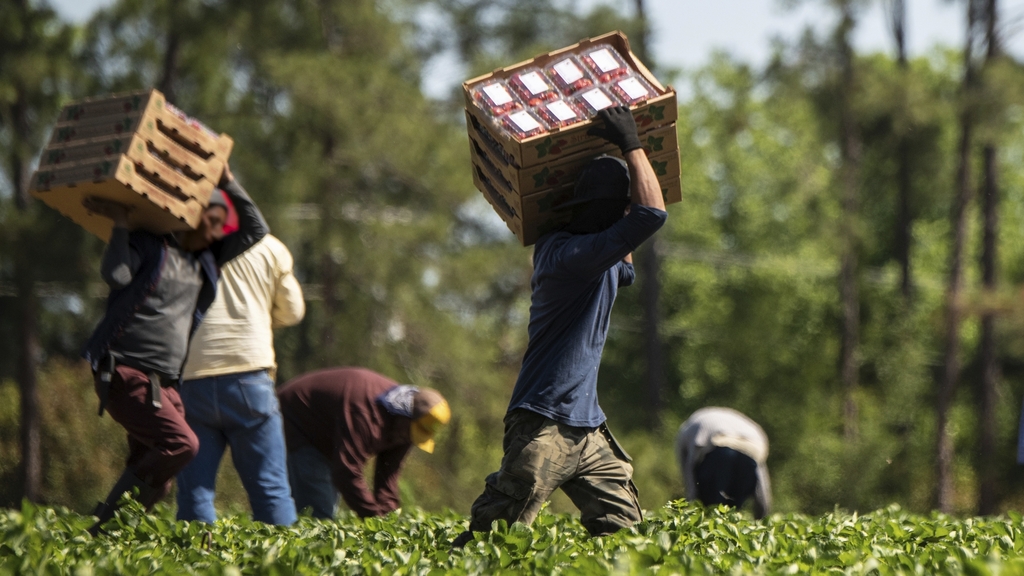Rethinking migrant farm workers' housing: a modelling pathway in the Gioia Tauro Plain

Published 2024-11-30
Keywords
- international migration,
- rural change,
- agriculture-migration nexus,
- exploitation,
- housing issue
How to Cite
Copyright (c) 2024 Alessandra Corrado, Mariafrancesca D'Agostino, Francesco Piobbichi, Karen Urso

This work is licensed under a Creative Commons Attribution 4.0 International License.
Abstract
In recent decades, due to the processes of capitalist rearrangement of the agri-food sector, rural areas have witnessed a respatialization of migration which has seen an increasing number forced migrants and economic migrants, seasonal or otherwise, settle in peripheral areas, employed as flexible and precarious workforce in agriculture. The contemporary agri-food system is now characterized by the dependence of some labour-intensive production sectors - such as the production and distribution of food - on the use of foreign workforce. But if on the one hand the presence of migrants in agri-food systems is considered essential for the maintenance of the productive sector, on the other it is systematically invisibilized by dynamics of exploitation and denial of rights. The goal of this work is to analyse the case of the Gioia Tauro Plain (Calabria), to evaluate the migration-agriculture relationship within rural spaces, highlighting how this connection is the result not only of factors linked to race and ethnicity, but also of the specific characteristics of territories and local policies, in particular those related to housing. A modelling of widespread and dignified living is proposed as a response to the needs of farm workers.
